The first is a simple V-mechanism as a post, a tree trunk, or a crane, elaborated with content of Valentine hearts.
The second is the same thing doubled and reversed so the posts extend in different directions off the page when the card is opened.
This third iteration positions the posts so that their points are touching. That means their glue tabs will overlap when glued to the background. When doing this it occurs that the glue tabs can be shared and the whole thing cut form one piece instead of two making the whole thing much easier and more elegant. That's only when the post points are touching and only when cut at 45°, and only when glued to the background perfectly flat, and not as posts. Or else the connections must include some wiggle-room.
The mechanism is completed here but the content never completely filled out.
The idea is based on about a dozen or so of these hearts, smaller than these. I did this once with a friend and realized not everybody can cut them with one snip. You should be able to do it with two snips by holding the scissors steady as a machine, mostly, and turn the paper deftly feeding the scissors.
It's not fully elaborated. This is showing the extent that hearts are flung beyond the edges when the card is opened. There are more arms extending with more hearts flinging in the 3 o'clock and 9 o'clock positions, thereabouts, extending from the center, and even more loaded onto the central mechanisms. Two mechanisms in one due to a bit of origami.
The mechanism is best suited for things like a car wreck. As far as pop-ups go, nothing actually stands up unless the mechanism is inserted a bit off from perfection, otherwise it will lay flat.
The content added to the mechanism, hearts in this case, it could as easily be butterflies, flowers, snowflakes, I used Easter eggs one time, car parts, anything you care to fling around chaotically and dramatically.
It relies on two basic basic pop-up mechanisms placed in immediate opposition to each other, one alone is good enough but now there are two, and they're connected diagonally across the central fold so that the connection must twist in order to open, and when it does it twists unwillingly there is a bit of force, and then it hastens to fall flat, and resists closing the same way, with a forced twist. It's very dramatic with content flipping all around and twisting all around.
Those two mechanisms can be constructed together as one mechanism, and this is what makes this a bit unusual.
These are two crane arms pointing at each other that spread so completely they lay flat when the card is opened.
Another similar band of this shape will attached somehow to two opposite far corners and that will be like two arms spreading a sheet. A sheet in the shape of two arms.
The whole card and these two posts open and close like a book. The sheet that the two arms spread open and closes like a book but facing in the opposite direction and perfectly perpendicular. They overlap when fully opened, Their central folds form a "t," and their central folds align when the card is closed, because the top sheet is connected to opposite corners of the posts. It is only possible way it can fold. It is forced into position, then wants to stay there. Everything in between fully opened and fully closed is a state of unsettled tension. Due to the torque required to open and close, the creases cause the arrangement to snap one way or the other and to resist changing states.
Why the hole? Mathematically each post consists of two planes that change shape as a hinge and converge at this point. Two posts together add to four mathematical planes that converge on a point and that is all well and good in the mathematical world but does not translate to the physical world of paper and glue. The stack of paper at that point is unacceptable so it is removed, with the rest of the glue tabs pretending they function in mathematic perfection.
The top piece is basically a tent with content of hearts glued to it. If the tent is a little bit larger than both posts when flattened then the tent will stay partially up and sometimes you want that to clue content at the angle the tent is fashioned.
This is the chaos mechanism shown on pop-construction pages and demonstrated with animated gifs, and used in the bunny passion card. It is a great mechanism for things that spin. Here it flings hearts as the Easter card flings eggs.
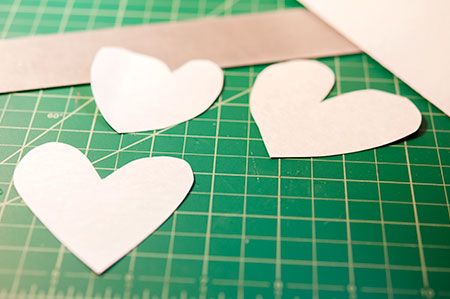
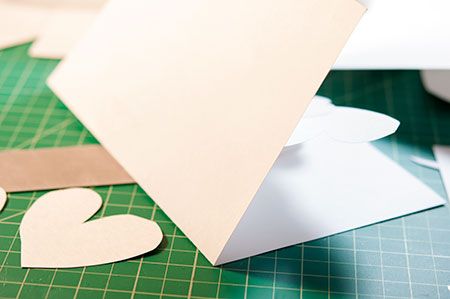

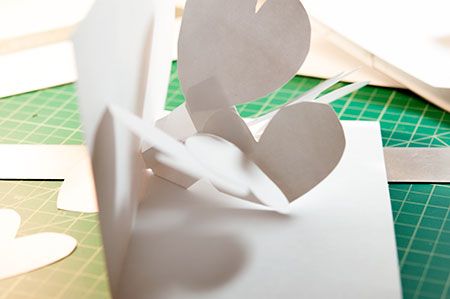
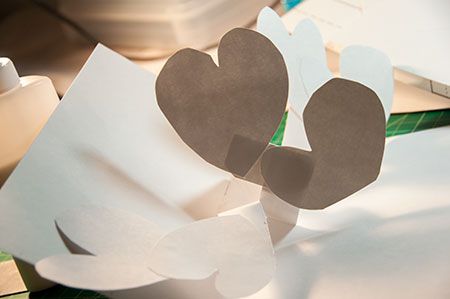
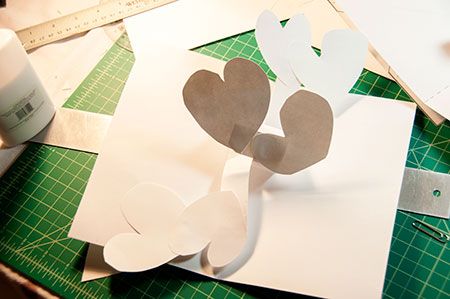
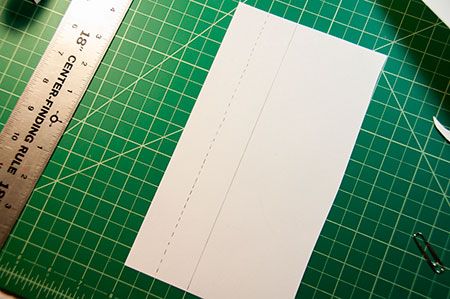
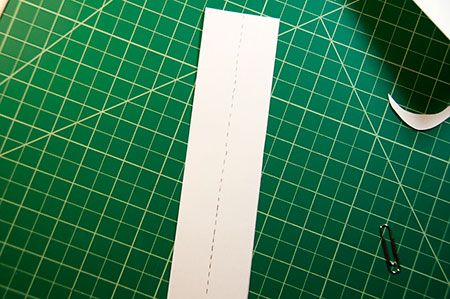

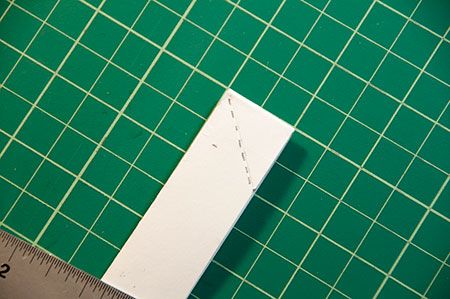
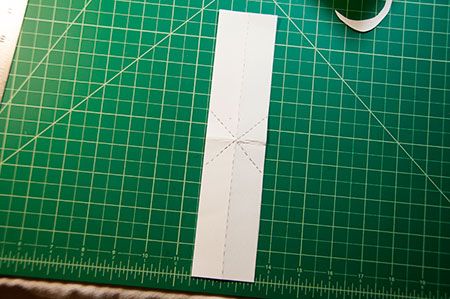
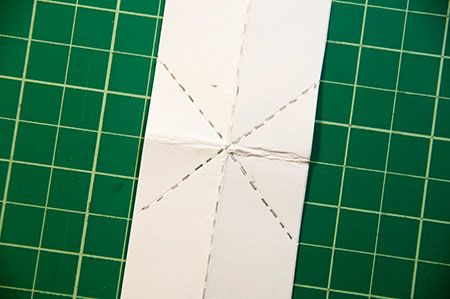
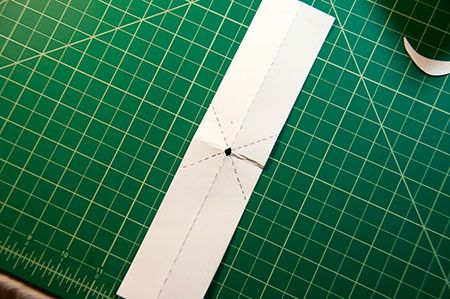
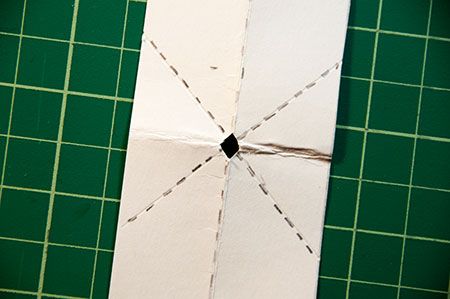
No comments:
Post a Comment